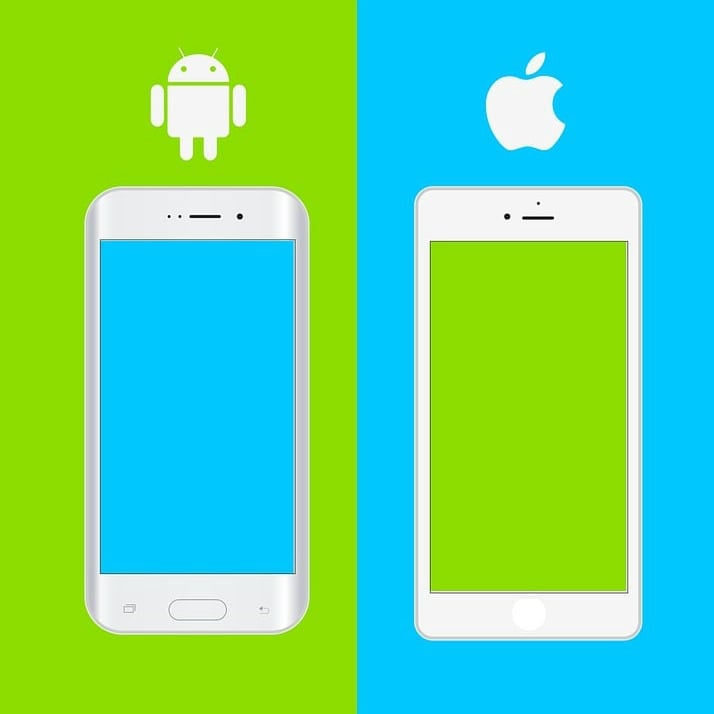Published:
In the mid-2000’s, smartphones took the world by storm. Offering a plethora of abilities and functions to users, these intricate devices were obsessed over by people around the world, connecting users to anything they desired with the click of a button or a tap of a screen. Recently, however, the smartphone market has experienced several missteps and subsequent difficulties selling their products to consumers.
The United States’ Apple and South Korea’s Samsung and LG have each faced declining sales in the most recent fiscal periods. While Apple dominated the cell phone market for several years, it was dethroned by both Samsung and China-based Huawei in 2018, who shipped 355.2 million units and 52 million units in the third quarter of 2018, respectively. Apple’s shipments totaled 46.9 million units in the same period. In terms of market share, Samsung held 18.7 percent in the last quarter of 2018, Apple held 18.2 percent, and Huawei held 16.1 percent.
Regarding the smartphone industry geographically, China, Europe, India, and the US are some of the leading consumers. In 2016, the value of smartphones in China was estimated at 133.6 billion dollars. Europe boasted a sales value of 55.8 billion dollars in 2015, and the US generated 55 billion dollars of revenue in 2017. India was by far the largest in terms of value at 490 billion dollars.
One factor that is influencing smartphone companies’ difficulties to move product is the initial boom of their products. A major reason for initial growth was the rapid development and innovation of the first smartphone devices, evolving from keyboards to Apple iPhones that offer 3G and 4G networks, apps, cellular data. Since then, a new generation of cellular hasn’t been made and differences in devices are slim, so devices last longer. Huawei is also posing a significant threat to the traditional industry leaders because of its commitment to providing the first operational 5G network, along with its large Asian consumer base.
Currently, experts describe the state of the smartphone industry as a plateau that is entering a period of decline. This smartphone plateau began in 2015 and is expected to begin a downslope as soon as this year as a result of market saturation, a lack of product development, and the high quality of current products. Growth numbers from the start of the industry takeoff consist of 62.3 percent growth in 2011, 47 percent growth in 2012, and 40 percent growth in 2013, followed by the plateau of 10.5 percent growth in 2015, 2.2 percent growth in 2016, and a decline of -0.3 percent 2017. During this time period, global shipments hovered at 1,438 million units in 2015, 1,470 million units in 2016, and 1,466 million units in 2017.
Overall, the smartphone market seems to be in a period of fluctuation. It is unclear whether the current trends of a declining market will continue or for how long they may continue. Many companies are currently aiming to combat the slowdown by releasing new products, designs, and features like Motorola’s upcoming foldable RAZR and Samsung devices that can alternate between smartphones and tablets. Smartphones are still predicted to play a significant role in society’s future and the next generation of networks and designs will be interesting to monitor.
File under






